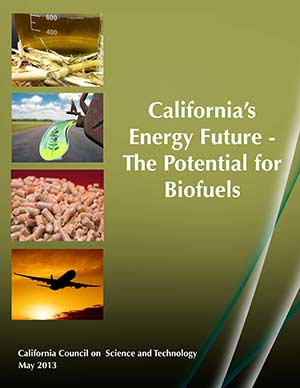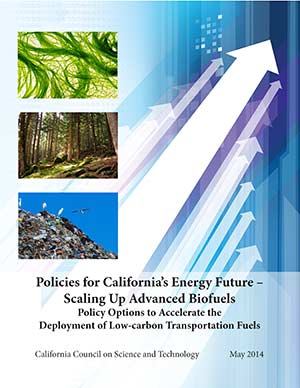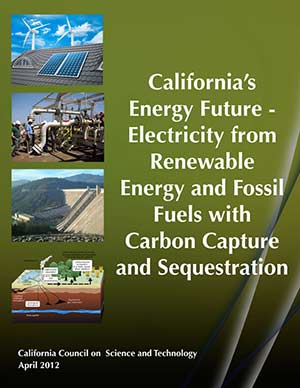California’s Energy Future: The Potential for Biofuels
Author(s): Youngs, Heather; Somerville, Christopher R.
Release Date: May 31, 2013 | Last Updated Date: February 17, 2015
Abstract
This is the seventh and final publication produced as part of CCST’s California’s Energy Future (CEF) project, a study designed to help inform the decisions California state and local governments must make in order to achieve California’s ambitious goals of significantly reducing total greenhouse gas emissions over the next four decades.
California’s Global Warming Solutions Act of 2006 (AB32) and Executive Order S-3-05 set strict standards for the state to meet. In order to comply, California needs to reduce its greenhouse gas emissions to 80% below 1990 levels by 2050 while accommodating projected growth in its economy and population. This will likely require maximizing efficiency in all economic sectors, electrification of much of the transportation sector and many stationary uses of heat, a doubling of electricity production with nearly zero emissions, and development of low-carbon fuels.
Achieving these goals will require a combination of strategies; some are available now, while others will require substantial research and development to realize.
The focus of this report is an assessment of the potential for fuels produced from renewable biological resources to contribute to the energy needs of California, particularly for transportation.
The degree to which biofuels may be able to assist California in meeting its emission goals depends on how demand for fuels overall rises or falls by 2050.







